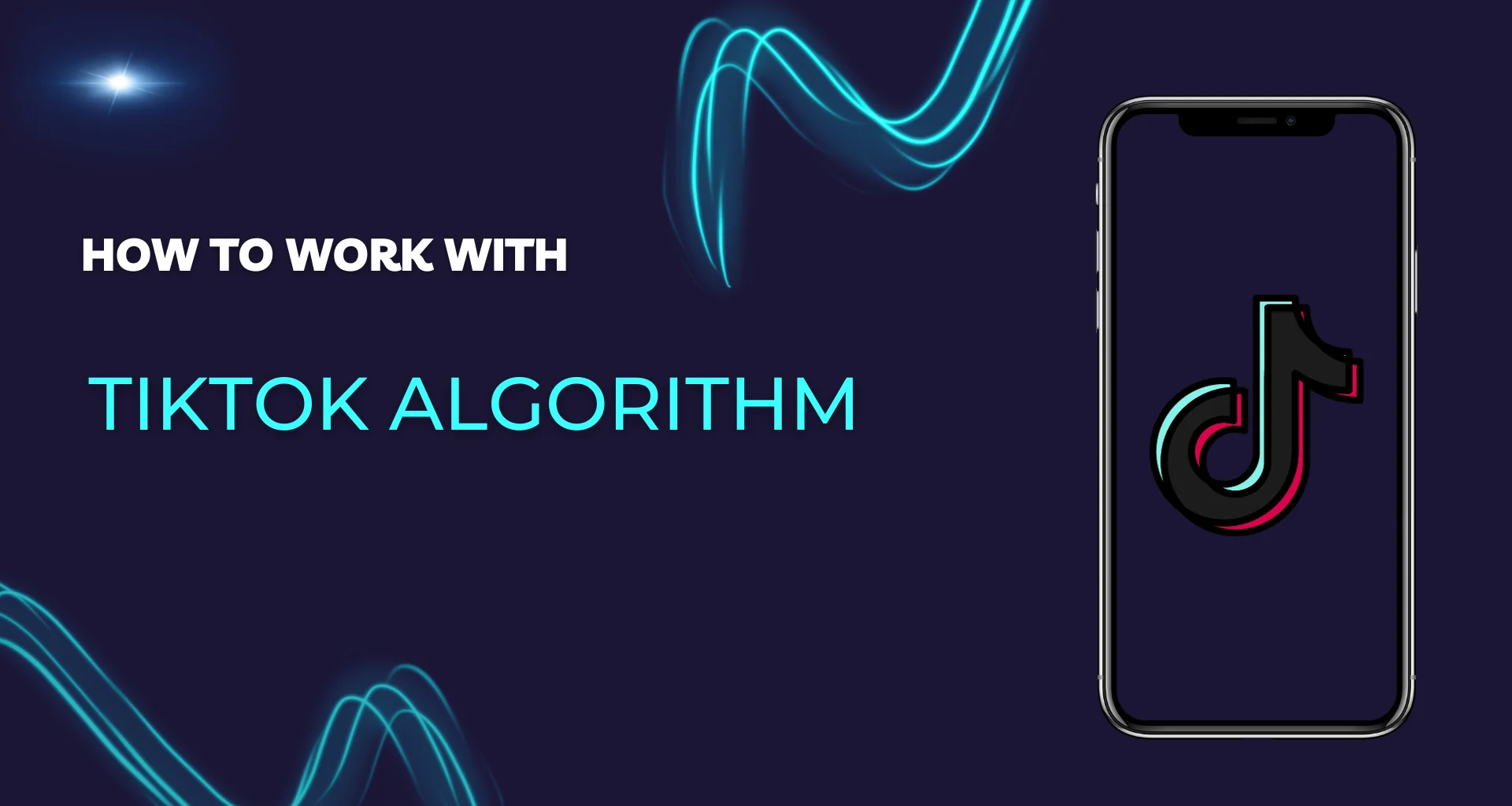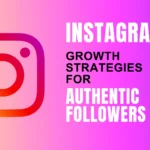Introduction
TikTok emerged in 2016 under the name Musical.ly, gradually evolving into the global sensation it is today. Focused initially on short music clips, it expanded its horizons to encompass diverse content. By 2023, TikTok has solidified its position as a frontrunner in social media, boasting over 1.5 billion downloads worldwide.
The platform’s appeal lies in its simplicity and user-friendly interface, allowing individuals of all ages to create, share, and discover content effortlessly. Its algorithm-driven “For You” page, showcasing tailored content based on user preferences, has captivated audiences globally.
Significance of Understanding the Algorithm
Understanding TikTok’s algorithm is fundamental for creators aiming to thrive on the platform. The algorithm, a complex blend of AI and machine learning, is pivotal in determining content visibility. It sifts through billions of videos to curate a personalized feed for each user, considering engagement metrics, user interactions, and content relevance.
For creators, comprehending how this algorithm functions is akin to unlocking the gateway to audience reach and engagement. It dictates whether content reaches a few hundred or millions of viewers, directly impacting a creator’s success, visibility, and potential for viral growth. Navigating this algorithm becomes the cornerstone of devising strategies that align with its principles, ultimately driving content performance and audience connection. In this evolving digital landscape, mastering the algorithm is akin to mastering the platform, offering a competitive edge in the quest for online influence and recognition.
Understanding the TikTok Algorithm
Algorithm Mechanics
The TikTok algorithm is a sophisticated amalgamation of machine learning, artificial intelligence, and user data analysis. It functions as the engine behind the platform’s content distribution, aiming to provide each user with a personalized and engaging experience.
Machine Learning and AI Integration
At its core, TikTok’s algorithm leverages machine learning models, constantly learning and adapting from user behavior. This AI integration scrutinizes myriad user actions, from likes, shares, comments, and watch time to the specific videos users engage with, building a profile of preferences unique to each individual.
Evolution of the Algorithm
TikTok’s algorithm has undergone iterative evolution, continually fine-tuning its mechanisms to enhance user satisfaction. Over time, it has shifted from a more rudimentary understanding of user preferences to a nuanced comprehension, catering to individual tastes and preferences more refinedly.
Factors Influencing the Algorithm
The algorithm considers various factors when determining content visibility and audience reach. Understanding these factors becomes paramount for creators aiming to optimize their content for maximum impact.
Primary Factors:
Engagement Metrics: Likes, shares, comments, and how frequently users interact with specific content significantly influence its visibility.
Video Information: Captions, hashtags, sounds, and video content itself play a pivotal role in determining content relevance and reach.
Secondary Factors
User Interaction Patterns: The algorithm tracks the type of content users engage with and tailors the “For You” feed accordingly.
Device and Account Settings: User-specific settings, such as language preferences, device type, and location, also factor into content recommendations.
2023 Algorithm Updates
TikTok consistently refines its algorithm, aiming to improve user experience and content discovery. While specific updates might not always be publicly disclosed, recent changes often focus on optimizing user satisfaction, enhancing content diversity, and combating issues like misinformation or spam.
Implications for Creators
Updates could affect content visibility, necessitating adjustments in content creation strategies. For instance, an update might prioritize certain engagement metrics or introduce new elements (such as increased emphasis on original sounds or niche communities), prompting creators to adapt their approach for optimal performance within the updated algorithmic framework. Understanding these updates empowers creators to navigate changes effectively and maintain relevance on the platform.
Strategies to Leverage the Algorithm / How to Win With the TikTok Algorithm
Content Creation Strategies
Creating compelling and TikTok-friendly content is key to captivating audiences and aligning with the algorithm’s preferences. Here’s a breakdown of effective strategies:
1. Authenticity and Creativity
Originality Matters: Encourage creators to showcase their unique talents, ideas, or perspectives.
Engaging Visuals: Utilize eye-catching visuals, transitions, and effects to enhance engagement.
Storytelling: Craft narratives within short video formats, ensuring a strong start to hook viewers.
2. Trend Participation and Adaptation
Trend Awareness: Keep an eye on trending challenges, songs, or formats to capitalize on viral potential.
Put a Spin on Trends: Inject originality into trends by adding a personal touch or innovative twist.
3. Audience Interaction and Engagement
Call to Action (CTA): Encourage audience participation through CTAs like likes, comments, or shares.
Duet and Reaction Videos: Foster interaction by inviting users to duet or react to content.
Hashtags, Captions, and Trends
Effectively utilizing hashtags and captions and staying updated with trends can significantly impact content discoverability and engagement.
1. Hashtags
Relevance and Specificity: Use relevant and specific hashtags to reach niche audiences.
Trending Hashtags: Incorporate trending hashtags, but ensure they align with the content.
2. Captions
Compelling Descriptions: Craft engaging captions that complement the video content.
Call to Action: Use captions to encourage user interaction or prompt responses.
3. Trend Awareness
Monitor Trends: Stay updated with ongoing trends and challenges to join conversations and increase visibility.
Adaptation: Seamlessly integrate trending elements into content while maintaining authenticity.
Consistency and Frequency
Consistency and regular content posting are crucial for maintaining relevance and visibility on TikTok.
1. Posting Schedule
Consistent Posting: Maintain a regular posting schedule to keep the audience engaged.
Optimal Timing: Identify peak activity periods to maximize content visibility.
2. Diversification and Experimentation
Content Variety: Experiment with diverse content types to cater to varying audience preferences.
Analyzing Performance: Analyze the performance of different content types to refine posting strategies.
Audience Engagement
Fostering community and interaction is vital for sustained growth and audience connection.
1. Engagement Techniques
Replying and Engaging: Respond to comments and engage with the audience to build rapport.
Live Sessions or Q&A: Conduct live or Q&A sessions to interact directly with followers.
2. Collaborations and Engagement Challenges
Collaborations: Collaborate with other creators to broaden audience reach and engagement.
Engagement Challenges: Create challenges or interactive content that encourages user participation.
Tools and Resources
TikTok Analytics
TikTok offers a robust suite of analytics tools, empowering creators to gain insights into their content’s performance and audience engagement.
1. Performance Metrics
Content Insights: Track metrics like views, likes, shares, and comments to gauge content performance.
Audience Demographics: Gain insights into your audience’s demographics, aiding in content targeting.
2. Audience Behavior
Follower Growth: Monitor follower growth rates and identify trends to understand audience preferences.
Playback Locations: Understand where your content is being viewed geographically.
3. Optimization Opportunities
Content Strategy Refinement: Use analytics to refine content strategies based on what resonates with the audience.
Time and Frequency: Analyze peak engagement times to optimize posting schedules.
Third-Party Tools
In addition to TikTok’s native analytics, several third-party apps and tools supplement content creation, scheduling, and analytics.
1. Content Creation and Editing
Editing Apps: Tools like Adobe Premiere Rush or InShot offer advanced editing features for video enhancements.
Graphic Design Platforms: Canva or Adobe Spark aid in creating visually appealing graphics or thumbnails.
2. Analytics and Tracking
Social Media Management Tools: Platforms like Hootsuite or Buffer help schedule and manage TikTok content.
Analytics Aggregators: Some tools offer cross-platform analytics for a comprehensive view of social media performance.
3. Trend Tracking and Hashtag Optimization
Hashtag Generators: Apps like Hashtagify or All Hashtag assist in finding relevant and trending hashtags.
Trend Tracking Platforms: Tools like TrendSpottr predict emerging trends to stay ahead in content creation.
Maximizing Tool Benefits
It’s essential to integrate both TikTok’s native analytics and third-party tools for a holistic understanding of content performance. Leveraging these resources not only enhances content quality but also aids in refining strategies for optimal audience engagement and growth. Regularly reviewing analytics and adapting strategies is critical to sustained success on the platform.
Future of TikTok’s Algorithm
Predictions and Speculations
As TikTok continues to evolve and adapt to the dynamic social media landscape, several potential developments and trends may shape the future of its algorithm.
1. Enhanced Personalization
AI Advancements: Anticipate further refinements in AI capabilities, enabling more precise content personalization.
Hyper-Personalization: The algorithm may delve deeper into individual preferences, catering to ultra-specific user interests.
2. Diversified Content Formats
Expanding Content Types: Expect the algorithm to accommodate diverse content formats beyond videos, potentially integrating features for images or longer-form content.
Niche Content Promotion: Algorithms might favor niche communities and creators, fostering diverse content representation.
3. Algorithm Transparency and User Control
User-Centric Approaches: TikTok may prioritize user control, offering more transparency and customization in content curation.
Fine-Tuning Recommendations: Users might gain more control over the types of content shown, allowing for tailored recommendations based on personal preferences.
4. Emphasis on Authentic Engagement
Quality over Quantity: The algorithm may focus more on genuine engagement metrics like meaningful interactions and authentic content.
Community Building: Promoting connections and fostering community engagement might become a priority, favoring content that builds relationships.
5. Algorithmic Responsiveness to Societal Shifts
Social Responsibility: Expect the algorithm to adapt to societal shifts, addressing issues like mental health, inclusivity, and responsible content dissemination.
Regulation and Moderation: With increased scrutiny, TikTok may introduce more robust content moderation mechanisms, aligning with evolving regulatory standards.
Predicting the exact trajectory of TikTok’s algorithm is challenging, but these educated speculations align with ongoing industry trends and the platform’s focus on user satisfaction. The future algorithmic iterations aim to personalize content experiences further while balancing user control, diversity, and responsible content curation. As TikTok evolves, creators should stay agile, adapt to changes, and continue delivering engaging, authentic content to thrive on the platform.
Conclusion:
In conclusion, navigating the TikTok algorithm in 2023 is pivotal for creators aiming to thrive on this dynamic platform. Understanding its mechanics, from AI-driven personalization to the diverse factors influencing content visibility, forms the cornerstone of successful content strategies. Crafting engaging content, participating in trends, and fostering consistent audience engagement are essential strategies to align with the algorithm’s preferences. Leveraging TikTok’s analytics and third-party tools empowers creators to refine their approach, analyze performance, and adapt to the evolving landscape.
Predictions suggest a future focused on hyper-personalization, user control, and a greater emphasis on authentic engagement. TikTok’s algorithmic evolution is poised to balance user satisfaction, community building, and responsible content dissemination. Adapting to these changes while delivering original and engaging content remains the key to sustained success on TikTok, offering creators an opportunity to connect with audiences worldwide in innovative and meaningful ways.






